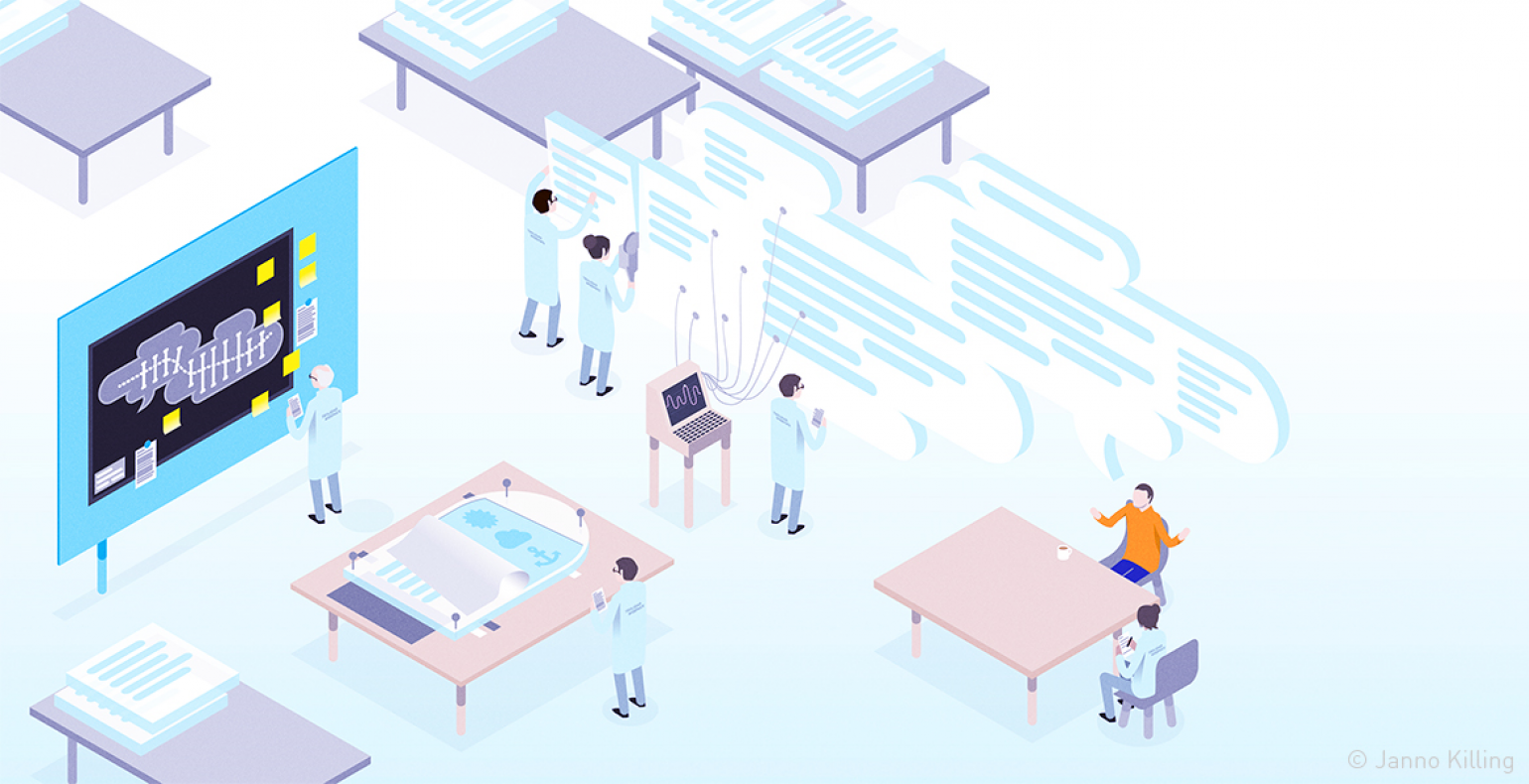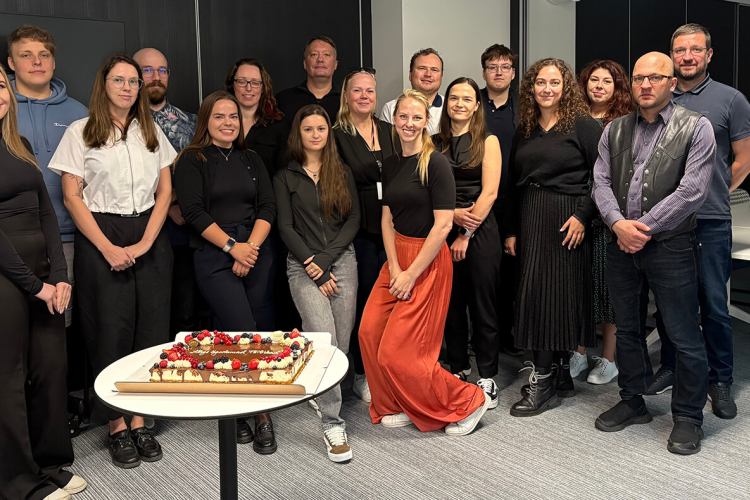Let's talk about interviewing
Let’s imagine that, one day, your little son comes to you and says: “Daddy, daddy – please build me a new and better playhouse!” One choice is to go directly to a building materials shop, buy everything you need, demolish the old playhouse, and build a new one. The second choice is to conduct an analysis of different styles and variations of playhouses that have already been built, for example, by looking at your neighbour’s playhouse, googling, and so on. After you have done that, you’ll be able to choose the playhouse design that you like the most and build it. Almost certainly, this undertaking is going to end with a pouting child, displeased parent, and a half-empty playhouse that is mainly being used by spiders and their webs.
These two versions of approaching a problem are unfortunately used also in design to make websites and applications. The designer creates something that s/he likes but does not follow the UX principles to create something that the end user would like (a playhouse for the child).
Interviews
To make something that the end user would want or need, first, one must find out who the end user exactly is. The best way for that are interviews. Unfortunately, it is not enough to just ask what users would want because usually, they do not know what they actually want. Therefore, the UX methodologies are there to help you understand what your users want. To get the information, one must ask the right questions and move the focus from what to how and why.
Approaching the problem in a user-centred way, we need that during the interviews we find out certain information that we could use to make decisions.
Interviews are usually conducted between the first familiarization with the available material and analysis. Therefore, the interviewing process will be a basis for the whole project as it is conducted so early. Interviews are done with many key personnel of the client and end users. The interviews with the client’s personnel help to gather information that was not found during the first familiarization stage. Interviews with the end users, however, give a more precise understanding of what are their goals, needs, wants, thoughts etc.
Usually, interviews are conducted qualitatively and semi-structured. Semi-structured interviews are not as strict on what people have to answer to and the interviewer can make up or not ask questions as they think fit. Group interviews are best for creating a discussion between the interviewed.
Interviews can be done with only one person if the interview is recorded and transcribed. Systematic transcription can also be used for further analysis processes.
Some of my personal recommendations:
- be sincerely interested in the interviewees' answers and keep eye contact.;
- if you are already doing the same interview for the tenth time, still keep your body language positive. People do not like tired interviewers and so the valuable information could not get said;
- inform the interviewees that the goal of the interview is to gather information regarding the project not to assess them;
- some people might think that the interviews are ordered by their managers to find out how much people work or what they think about their organisation. Try to remove that misunderstanding;
- if you record the interview, ask the interviewees permission first. If you ask that in the end, the interviewee might get angry and refuse to allow its use in the project;
- an optimal time for an interview is a maximum of 1/1.5 hours. The first interview could be a test interview to see how much it will take and the next interviews can be changed to meet the time limit. Additionally, the time limit will help you keep the questions focused;
- ask the most important questions first. The length of a group interview relies heavily on the talkativeness of the interviewed and to avoid not getting the most important answers, asking the important questions first is very necessary;
- accept the silence. If you ask a question, do not try to give example answers if the interviewee does not answer immediately;
- do not be late for your interviews and keep to the time limit. The interviewees usually have a dense timetable and they might just leave the interview if it goes over time;
- do not share your opinions and be completely neutral. Even if the interviewees ask you questions, do not answer and try to ask something from them instead.
If the interviews are prepared for and well-conducted they will be a good source of very important information. But as always, the answers that the interviewees give, could not actually be what they really do. The reasons for that could be that people want to say what they think is correct or they just do not remember everything and can’t formulate their answers as fast as needed. The interviews are also not for getting feedback for very specific design problems but for gathering the base information.







